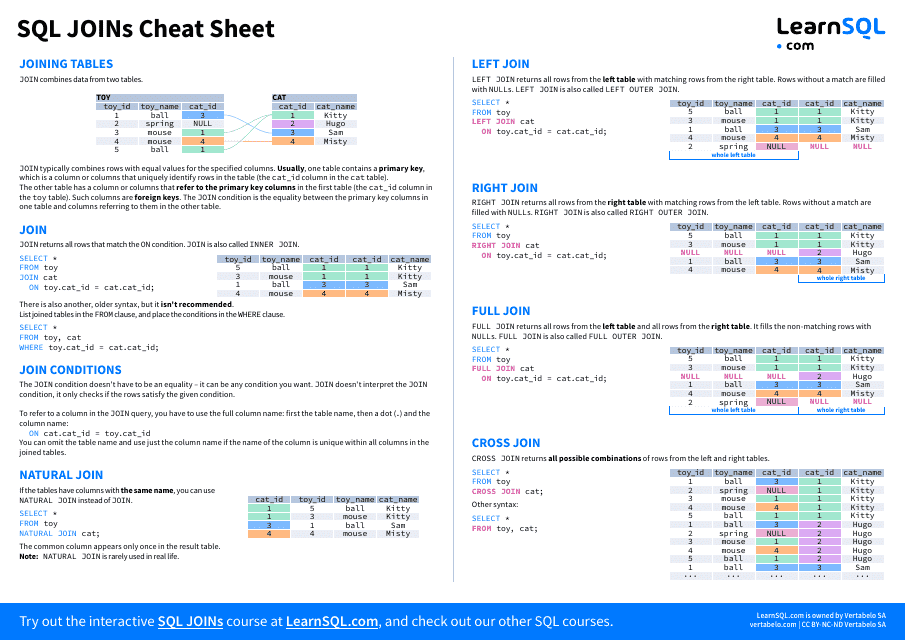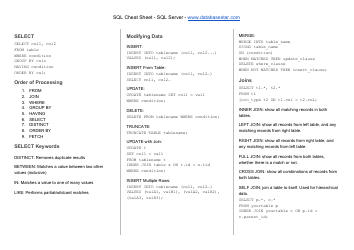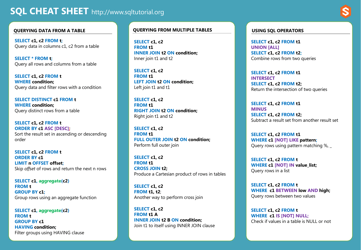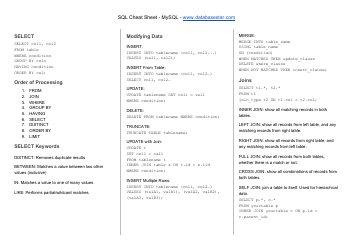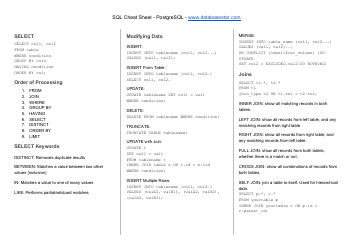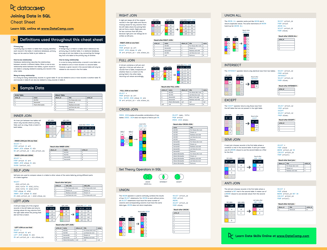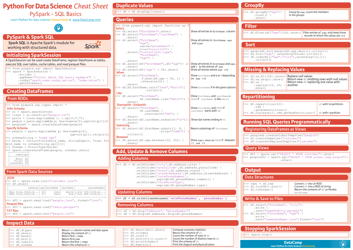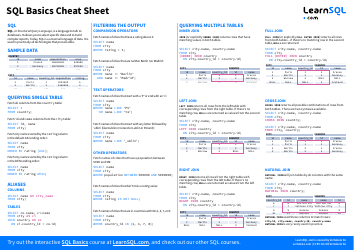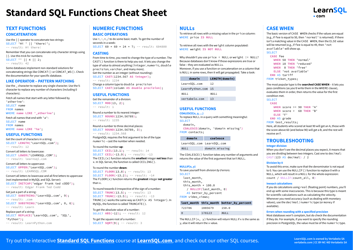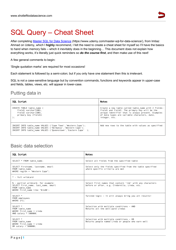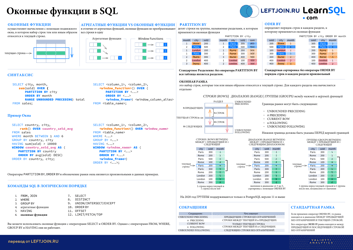Sql Cheat Sheet - Joins
The SQL Cheat Sheet - Joins is a quick reference guide that shows different types of joins in SQL and their usage. It can be helpful for developers and database administrators to quickly understand and use joins while writing SQL queries.
FAQ
Q: What is a join in SQL?
A: A join in SQL is used to combine rows from two or more tables based on a related column between them.
Q: What are the different types of joins in SQL?
A: The different types of joins in SQL are: inner join, left join, right join, and full outer join.
Q: What is an inner join?
A: An inner join returns only the matching rows from both tables.
Q: What is a left join?
A: A left join returns all the rows from the left table and the matching rows from the right table.
Q: What is a right join?
A: A right join returns all the rows from the right table and the matching rows from the left table.
Q: What is a full outer join?
A: A full outer join returns all the rows from both tables, with NULL values for non-matching rows.
Q: What is the syntax for a join in SQL?
A: The syntax for a join in SQL is 'SELECT * FROM table1 JOIN table2 ON table1.column = table2.column'.
Q: Can you join more than two tables in SQL?
A: Yes, you can join more than two tables in SQL by using multiple join clauses in a single query.
Q: What are some common use cases for using joins in SQL?
A: Some common use cases for using joins in SQL are retrieving related data from multiple tables, combining data from different sources, and performing data analysis.
Q: Are joins the only way to combine data from multiple tables in SQL?
A: No, joins are not the only way to combine data from multiple tables in SQL. Other methods include using subqueries or temporary tables.
